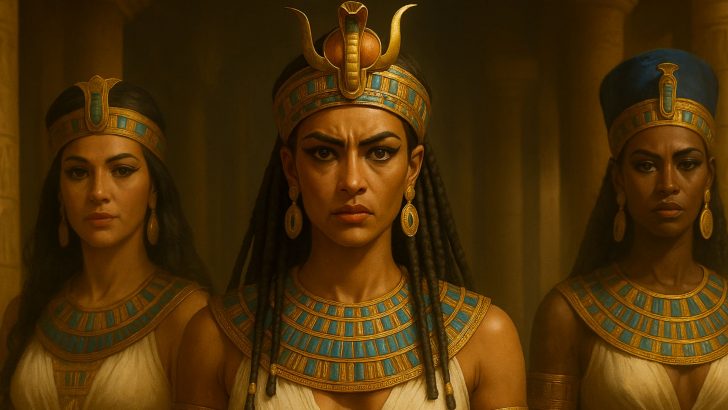Ancient Egypt wasn’t just ruled by men in headdresses. Some women also held the crook and flail.
But while names like Cleopatra get the red-carpet treatment in our history books, many female pharaohs have faded into the shadows.
These forgotten queens ruled in times of peace and war, led major building projects, and held spiritual sway.
Some were written out by later rulers, and others were buried under the sands of time. Let’s unearth their stories and give them the spotlight they truly deserve.
1. Sobekneferu – The First Woman to Rule as Pharaoh
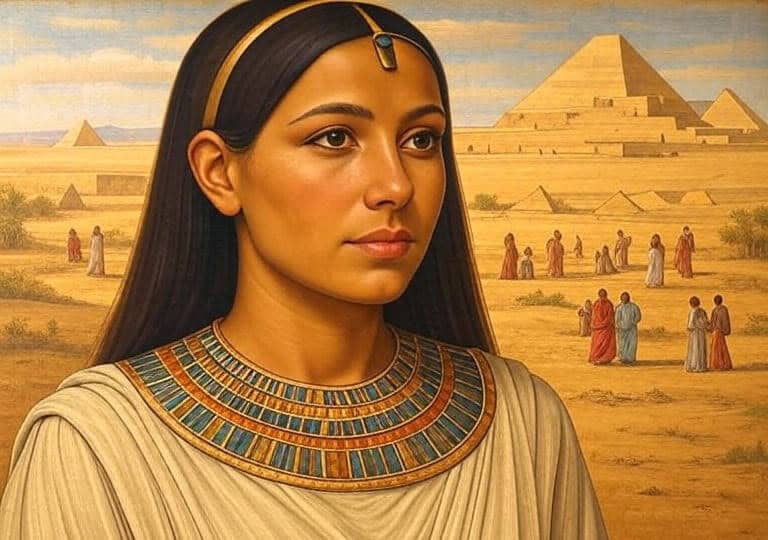
Long before Cleopatra, there was Sobekneferu. She reigned over Egypt at the end of the 12th Dynasty (around 1806–1802 BCE) and was the first woman to officially take the title of Pharaoh.
She didn’t just rule as a queen consort or regent, she ruled as king. In fact, she wore both men’s and women’s clothing in depictions, balancing femininity and power.
Her reign was short but groundbreaking. She even added onto the famous Labyrinth at Hawara. Sobekneferu paved the way for future female leaders by proving that a woman could hold the throne and all the divine authority that came with it.
Yet, she’s often left out of the main history books, overshadowed by later and more famous names. She was a true trailblazer in a world that was just starting to accept female power.
2. Neithhotep – Egypt’s Possible First Queen Ruler
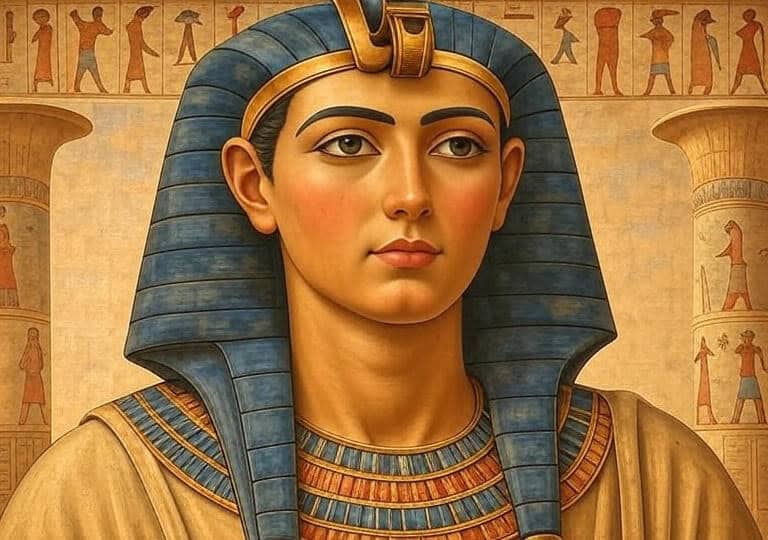
Neithhotep lived over 5,000 years ago, during the very dawn of pharaonic Egypt. While she was long thought to be just a royal wife, recent evidence suggests she may have ruled in her own right after the death of her husband, Narmer.
That would make her not just a queen, but the very first pharaoh of Egypt. Her name appears on monumental architecture, and she had a grand tomb usually reserved for kings.
That’s a big deal in a time when the whole idea of a “pharaoh” was still new. She’s often overlooked, maybe because historians couldn’t imagine a woman in power that early.
But Neithhotep wasn’t just a footnote; she may have helped build the foundations of one of history’s greatest civilizations. Imagine that: the first pharaoh might not have been a man after all.
3. Khentkaus I – The Woman Who Was Both Mother and King
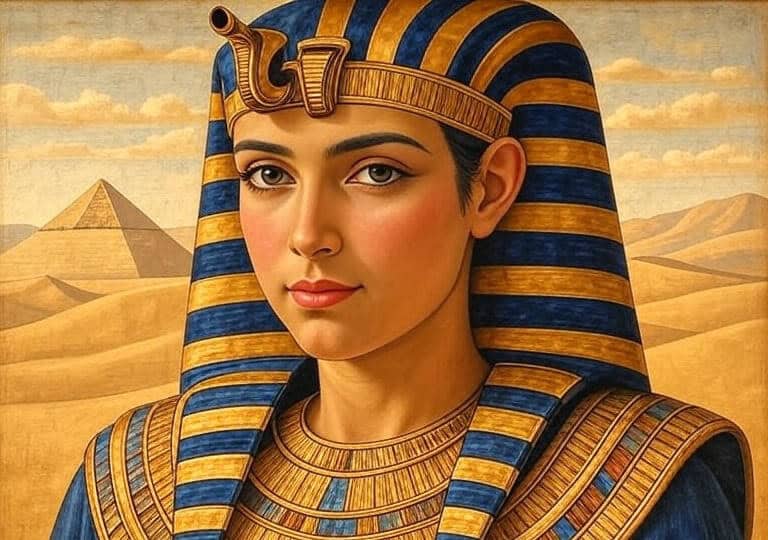
Khentkaus I is one of Egypt’s most mysterious and compelling rulers. Living in the 4th Dynasty (around 2500 BCE), she may have served as both the mother of kings and possibly as king herself.
Her tomb at Giza even titles her as “Mother of Two Kings of Upper and Lower Egypt” and “King of Upper and Lower Egypt” – confusing? You bet.
But it hints that she might have reigned during a turbulent time. Some believe she ruled as a regent for her sons, while others argue she was crowned in her own right.
Her massive tomb, sometimes called the “Fourth Pyramid of Giza,” shows she was no minor figure. Khentkaus I defied the expected roles of women in the royal family and may have held Egypt together during a succession crisis.
4. Merneith – Buried Like a King
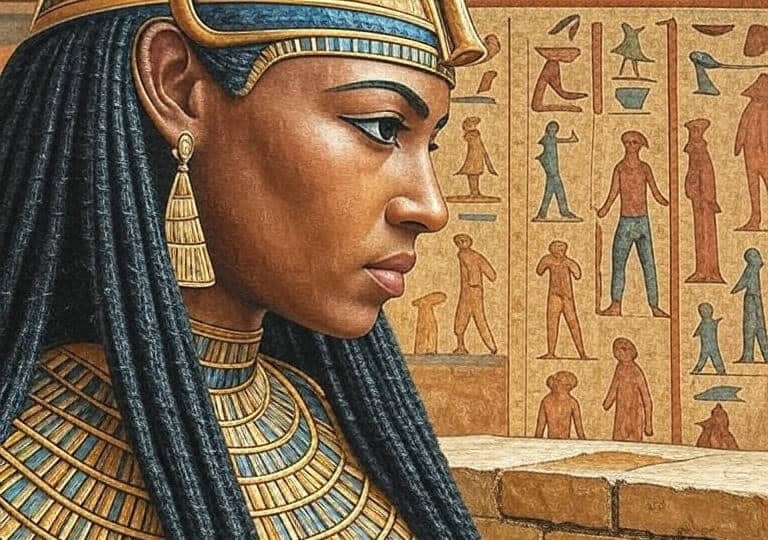
Merneith ruled during the 1st Dynasty, over 4,900 years ago. While her name isn’t listed in traditional king lists, her tomb tells a different story.
Located in the royal necropolis of Abydos, her grave is just as grand as the male pharaohs’—including sacrificial burials of servants and a funerary enclosure.
She may have ruled as regent for her young son Den, but evidence suggests she had full kingly authority for a time. Her seal and name have been found on official artifacts, showing she handled state affairs.
She might’ve even led military campaigns. Despite all that, she’s barely mentioned in modern histories. Merneith represents how women could wield immense power.
5. Nitocris – The Mysterious Queen of Revenge
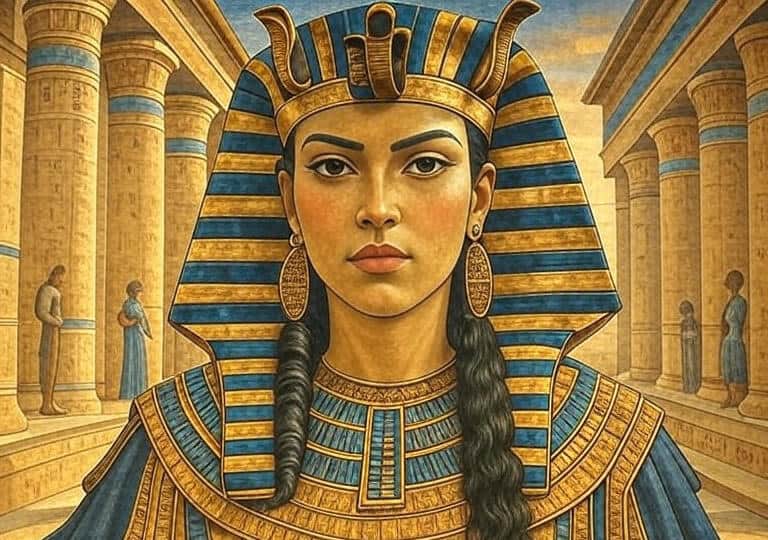
Nitocris is a blend of legend and possible reality. She appears in ancient Greek histories as a queen who took brutal revenge for her brother’s murder.
Supposedly, she invited his killers to a grand banquet, then had them drowned by flooding the room. While her story might sound like drama, Egyptian sources do mention a Nitocris in the 6th Dynasty.
Some think she was the last ruler of that line before the First Intermediate Period – a time of chaos. Whether she was real or just a legendary warning, Nitocris has become a symbol of cunning and justice.
A woman who wouldn’t let a man’s death go unpunished, and who outwitted everyone who thought she was powerless.
6. Twosret – The Last Pharaoh Before Collapse
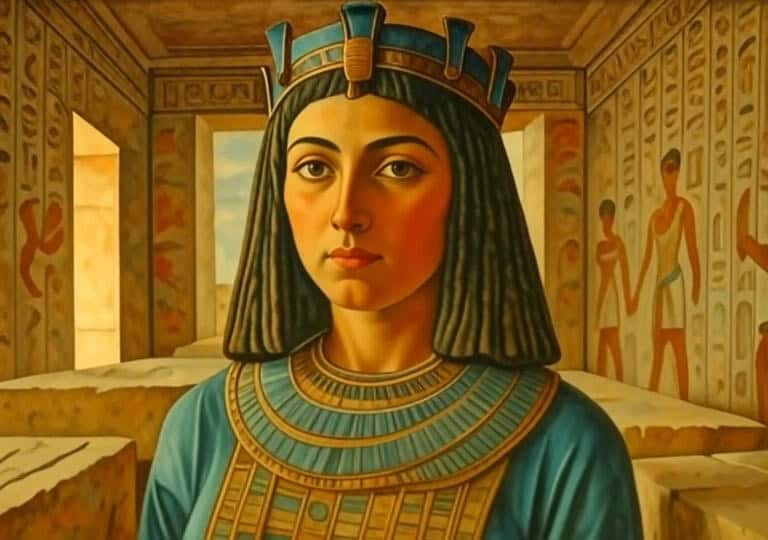
Twosret ruled at the end of the 19th Dynasty, around 1191–1189 BCE. She started as a queen and regent, then crowned herself pharaoh when power slipped through the royal cracks.
Her reign marked the last gasp of stability before Egypt plunged into civil unrest. She built a grand tomb in the Valley of the Kings—an honor usually reserved for male rulers.
Twosret tried to maintain the glory of the empire, but chaos eventually consumed her reign. Her successor, Setnakhte, erased much of her legacy, likely to secure his own rule.
Twosret was not just a placeholder. She was a ruler in a crumbling world, trying to hold it together with royal grit. She deserves to be remembered not as a failure, but as Egypt’s last female pharaoh before the fall.
7. Ahhotep I – The Warrior Queen Who Saved Egypt
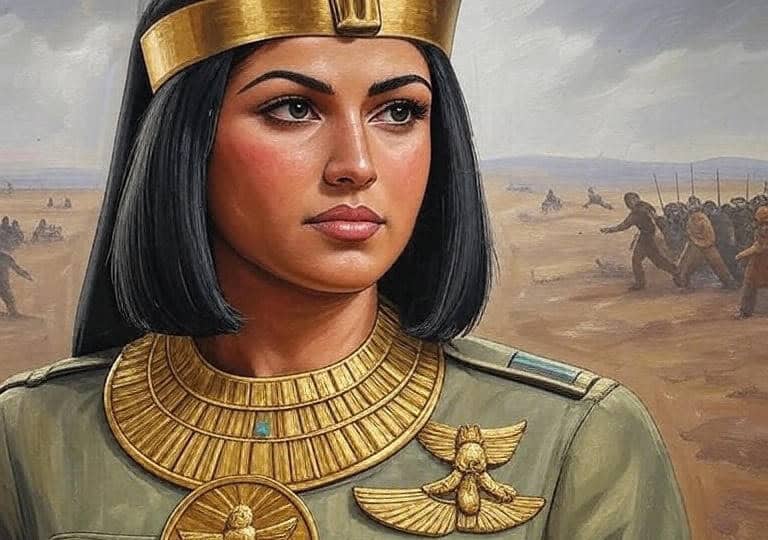
Ahhotep wasn’t a pharaoh by title, but she ruled like one when Egypt needed her most. During the war to expel the Hyksos invaders in the 17th Dynasty, she acted as regent and military commander.
She rallied troops, quelled rebellions, and kept the royal house intact after the death of her husband, Seqenenre Tao. Her burial included weapons and a golden fly medal – a military honor.
Inscriptions praised her for “uniting Egypt” and “driving out rebels.” Ahhotep was the glue that held Egypt together between rulers.
She didn’t need a crown to lead; she had loyalty, intelligence, and raw bravery. Her story shows that female power wasn’t always about formal titles, it was about action in the face of a national crisis.
8. Hatshepsut – The Pharaoh Who Rewrote Gender Roles

Okay, Hatshepsut is one of the more famous female pharaohs, but she’s still often misunderstood or minimized.
She ruled in the 18th Dynasty and is remembered for dressing as a man, building massive monuments (like her temple at Deir el-Bahari), and ushering in peace and trade.
But her boldest move? Declaring herself king in a male-dominated world and being really good at it. She ruled for over 20 years, longer than most male pharaohs.
After her death, her name and image were chiseled off monuments, likely to erase the memory of a powerful woman on the throne.
Yet, her architectural legacy and trade routes helped define Egypt’s golden age. Hatshepsut proved that ruling like a man wasn’t about gender, it was about capability.
9. Cleopatra II – The Other Cleopatra You Didn’t Hear About
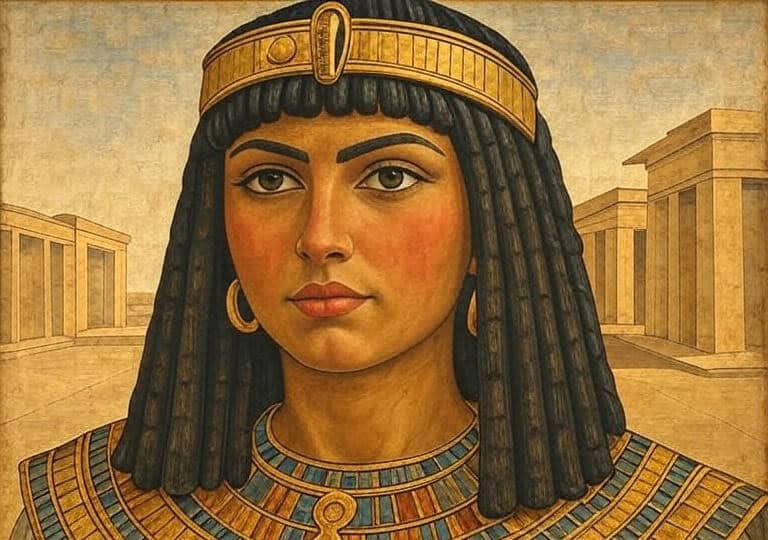
Everyone knows Cleopatra VII, the last active pharaoh of Egypt, but what about Cleopatra II? She ruled in the 2nd century BCE, hundreds of years earlier, during a messy period of sibling marriages and power struggles.
At one point, she ruled jointly with her brother-husband and daughter, then went to war against them. She held onto power for decades despite family betrayal, civil wars, and personal tragedy.
Her resilience is legendary, yet overshadowed by her more famous descendant. Cleopatra II showed that power wasn’t about seduction; it was about survival, strategy, and political toughness.
She outlived most of her rivals and helped stabilize Egypt through some of its most chaotic years. A true queen of comebacks.

I always felt a strong connection to the Divine since my birth. As an author and mentor, my mission is to help others find love, happiness, and inner strength in the darkest of times.

